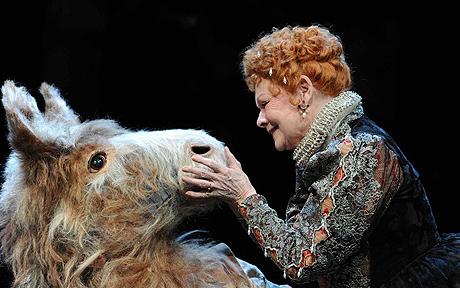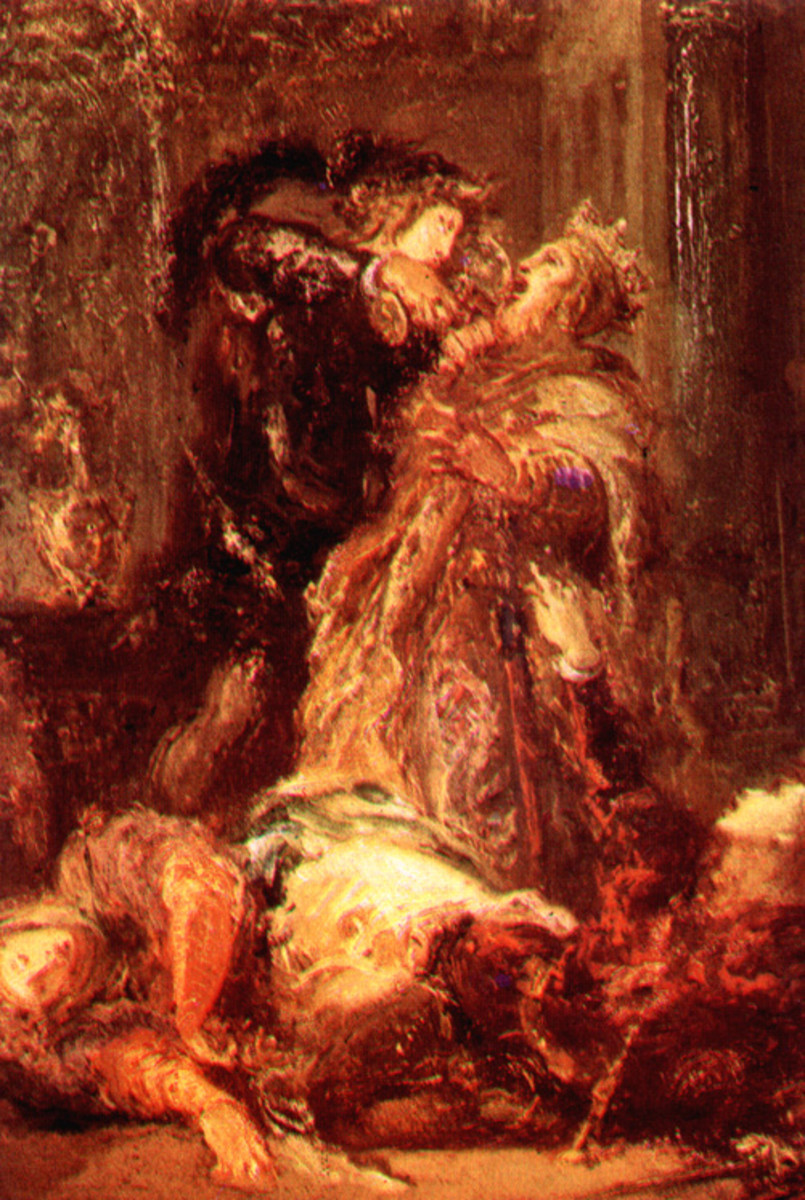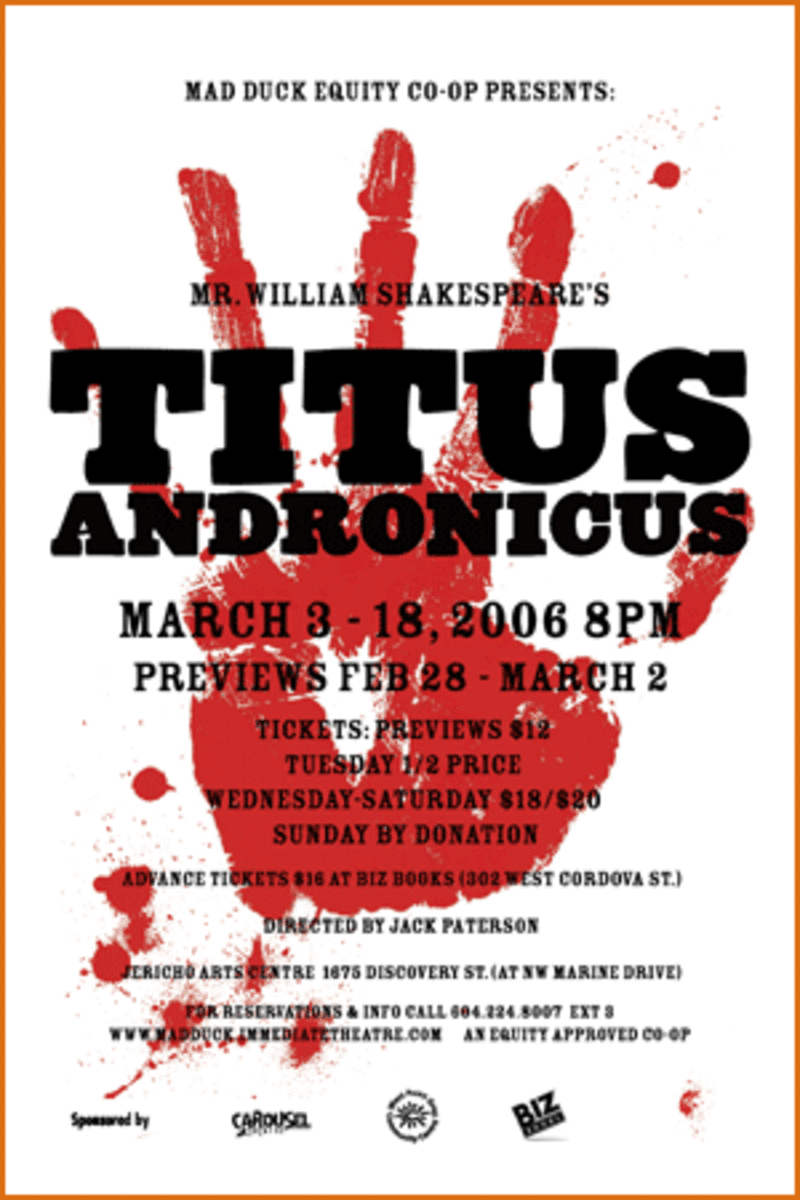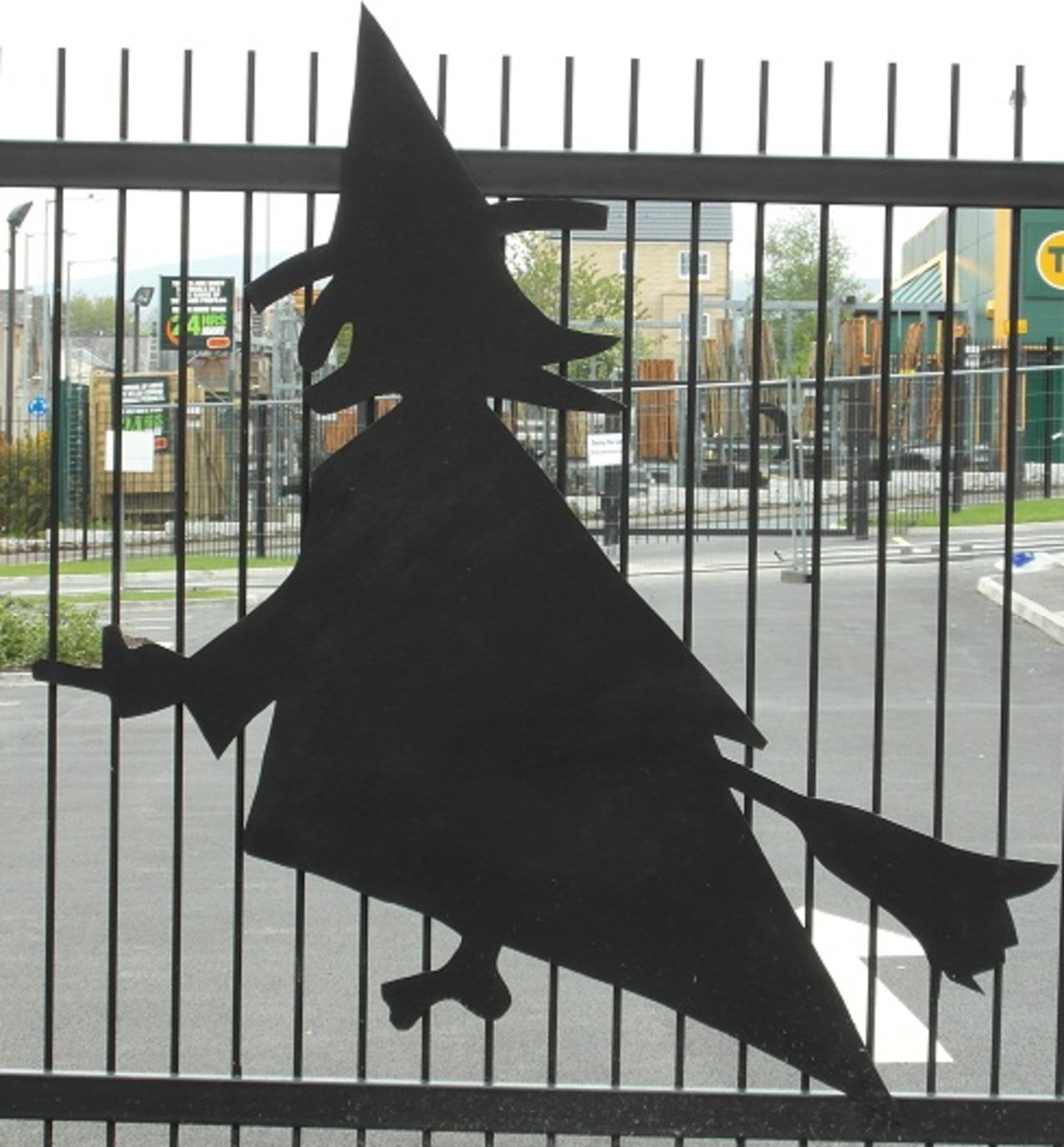A Thoroughly Elizabethan Midsummer Night's Dream
"Enamoured of an ass"

A review of Peter Hall's 2010 production at the Kingston Rose, starring Judi Dench
Among the most well-known of Shakespeare’s comedies, A Midsummer Night’s Dream is a tale of unrequited love, elopement, and spousal quarrels between lovers both mortal and supernatural in Theseus’ ancient Athens. However, as the program for Peter Hall’s 2010 production claims, this setting is merely a “classical device” used by Shakespeare to “distance and romanticize what is in fact a very Elizabethan and very English play” (6). Accordingly, Hall’s version of the play is a thoroughly Elizabethan one, even explicitly framed by an opening scene taking place at the court of Elizabeth I. The costumes, the casting, and even the theater itself work to deliver this impression, linking the events of the play to the court of the English queen and thus drawing a connection between the absurd actions of the love-stricken inhabitants of Shakespeare’s forest near Athens and the game of Elizabethan courtly love. Thus is the historical context of the play laid bare, and thus are its themes of the arbitrary nature, fickleness, and pain of romantic love brought out of the setting of pure fantasy and shown to be the lot of all lovers, from “Fairy Queen” to commoner.
The viewer’s experience of Hall’s Midsummer begins as any theatre-going experience does, with entrance to the auditorium, a usually mundane process, but in this case one that helped to establish Hall’s intended setting, even before the entrance of any actors or set pieces. This is because the construction of Kingston’s Rose Theater is perfectly compatible with Hall’s vision of the play, a simple, mostly black theater with trust stage, two circles, and a small space in front for seating guests on the floor, in other words, a sort of modernized version of the Elizabethan “wooden O.” This perfect venue, with its relatively small size, provides a kind of intimacy between actors and audience as well, allowing for a reciprocal experience in which actors feel and play of the energies and reactions of the audience, as opposed to acting in total isolation from them onstage.
To this venue were added only very minimal set pieces for the show, most notably the black silhouettes of tree branches which made of the woods, variously visible or obscured, depending on the lighting and, also providing the appropriate lighting, casting shadows that made the woods seem a place of darkness and uncertainty. Here, lovers encounter confusion, losing each other and losing their own way, both literally and metaphorically, among the shadows. The effect is particularly powerful when used in conjunction with a fog machine, as characters wander convincingly blindly through mist and shadow both at stage level and amid the trees in the galleries above the stage. This is consistent with the Elizabethan view of the fairy world as a dark and sinister place, and Hall populates his forest with fairies who are both dark and Elizabethan.
Like the forest, the fairies are, with the exception of Titania, dressed almost exclusively in black and are established from the very beginning as mischievous, unpredictable creatures. The entrance of the first fairy and Puck, for example, is full of sudden shouts and jumps, and the character of Puck, played by Reece Ritchie, is acted in a manic, unpredictable way throughout the show. With fits, starts , and the occasional cackle, Ritchie’s Puck plays a sort of Igor to Charles Edwards’ dark and sinister Oberon, whose black cape with high white collar make him look a bit like Dracula and whose wrathful plotting and fits of temper interspersed with calmer moments of effortless humor shared with the audience make him seem a sort of mad scientist.
While Puck and Oberon meddle and plot, and even Titania’s own fairies seem mischievous outside of her presence, we find the Fairy Queen a bastion of strength and nobility who keeps a neat and obedient court—and in this production, she is obviously intended to be interpreted as Elizabeth I; costumed unlike the other fairies in a colorful courtly gown, white ruff, heart-shaped collar, and red wig, she looks as if she stepped straight out of a portrait of the queen. Additionally, as if this costuming was not enough to distinguish her as Elizabeth, she appears amid a court of nobles at the beginning of the show, first receiving and casting aside what is presumably a sonnet from another courtier and then bestowing a lavish display of affection on one of the gentlemen of the court, a gesture which will be mirrored later in the play as Titania fawns over an unlikely suitor, for even the strong and independent Elizabeth was subject to what Shakespeare portrays as the absurdity of romantic passion and was so well into her old age (10). This nobility of character entirely overcome with passion is played to perfection by Dame Judi Dench, fittingly far older than both her Oberon and her Nick Bottom, just as Elizabeth was by the end of her life older than the foreign princes she encouraged as suitors for diplomatic reasons and older than her favorites at court, social inferiors who would be asses to dream of a permanent or formalized relationship with the queen.
Overall, the Rose’sMidsummer Night’s Dream was a thoroughly entertaining and well done production, adding darkness and danger to what is frequently performed as light material and presenting the interesting interpretation of inserting the queen explicitly into the play. In addition to the obvious standout performance by Judi Dench, the play featured a truly mischievous Puck, a Nick Bottom (played by Oliver Chris) and Oberon who played well off of the energies of their audience, and a set of Athenian lovers who, in addition to their excellent comic timing, avoided the pitfall of being indistinguishable from one another from which so any productions ofMidsummer seem to suffer. For lovers ofMidsummer and for lovers of Shakespeare, particularly those who would like to see the play placed in historical context, I would highly recommend this play. It is not the glittering spectacle of magic and romance that many productions ofMidsummer are, but something darker and more complex, full of beauty and humor, but also brimming with confusion, danger, and uncertainty—which is, to my mind, a sign of good theatre.







